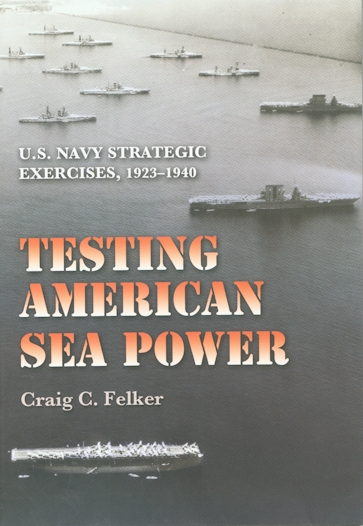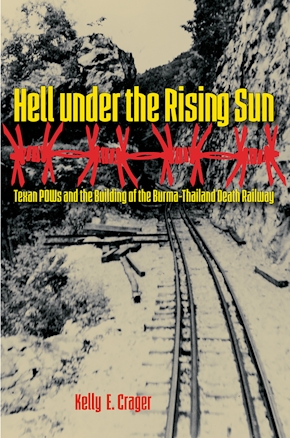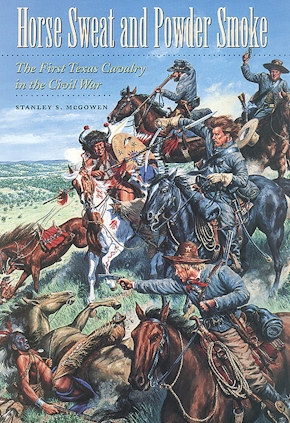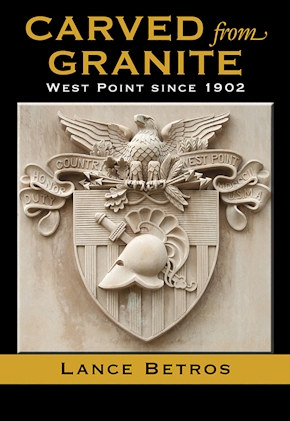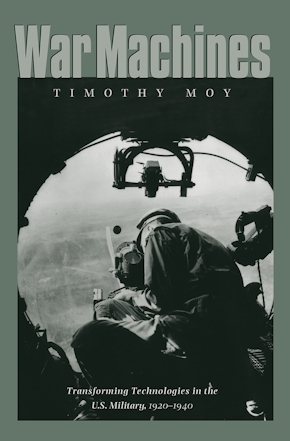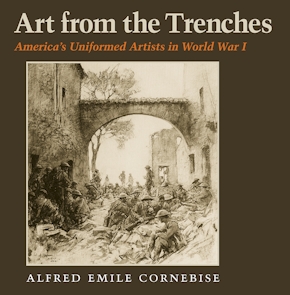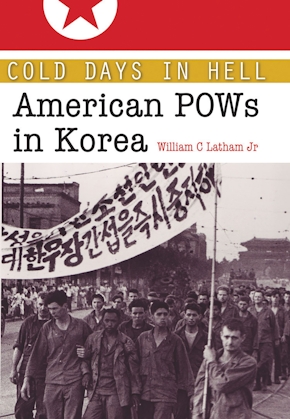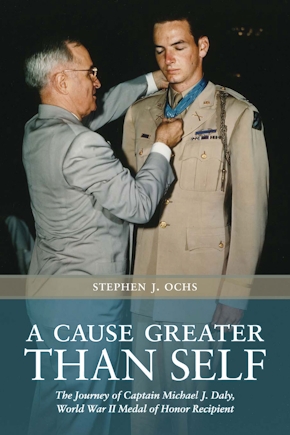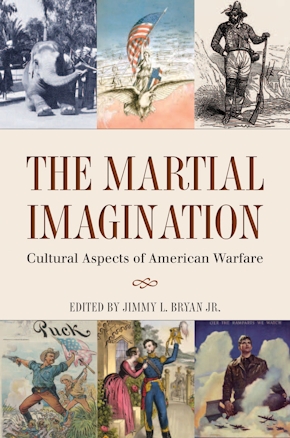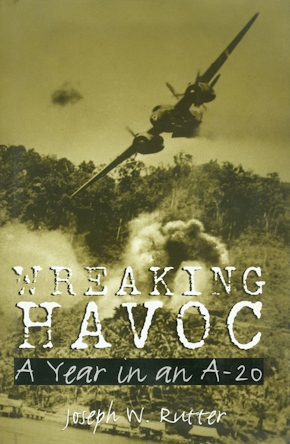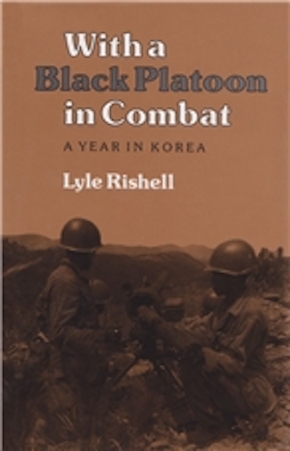Testing American Sea Power
U.S. Navy Strategic Exercises, 1923–1940
978-1-60344-989-2 Paperback
6 x 9 x 0 in
208 pp. 12 b&w photos. Table. Appendix. Bib. Index.
Pub Date: 03/28/2013
Available
Prior to 1923, naval officers relied heavily on the theories of Capt. Alfred Thayer Mahan, who argued that sea control was vital to military victory, best attained through use of the battleship. Fleet exercises, however, allowed valuable practice with other military resources and theories.
As a direct result of these exercises, the navy incorporated different technologies and updated its own outdated strategies. Although World War II brought unforeseen challenges and the disadvantages of simulation exercises quickly became apparent, fleet "problems" may have opened the door to different ideas that allowed the U.S Navy ultimately to succeed.
Testing American Sea Power challenges the conventional wisdom that Mahanian theory held the American Navy in a steel grip. Felker's research and analysis, the first to concentrate on the navy's interwar exercises, will make a valuable contribution to naval history for historians, military professionals, and naval instructors.
Williams-Ford Texas A&M University Military History Series
About the Author
Reviews
Published by Texas A&M University Press
